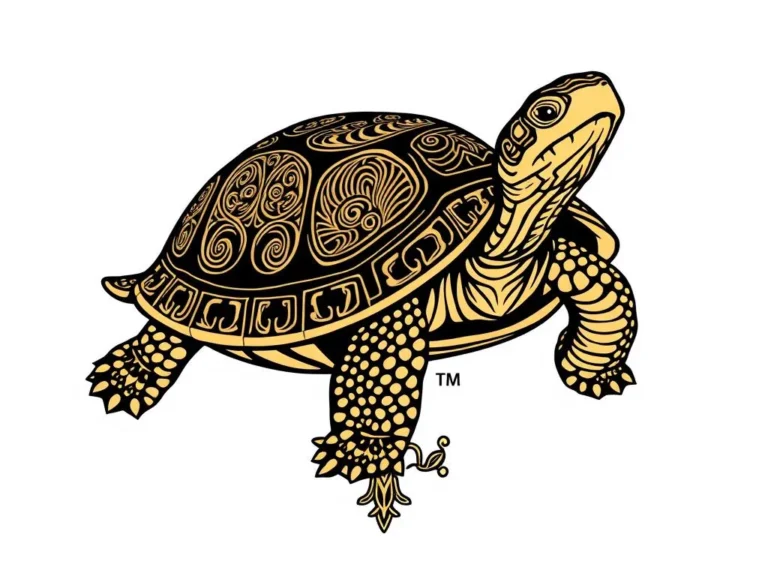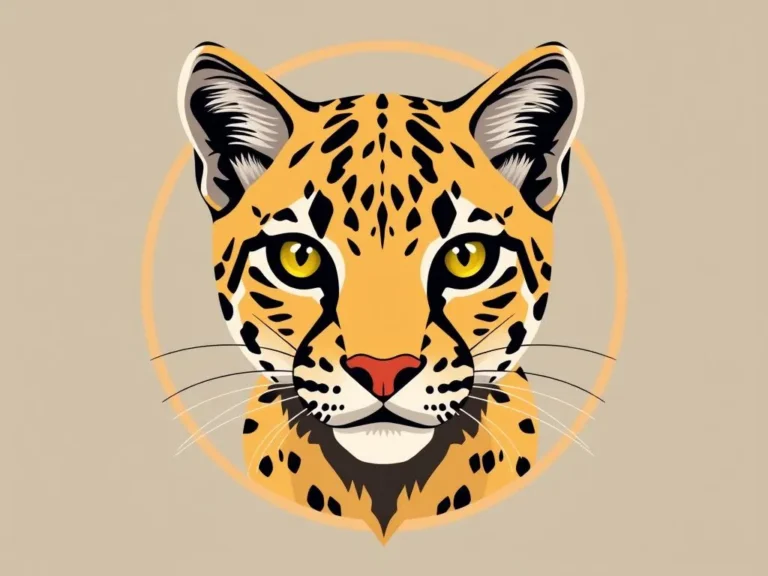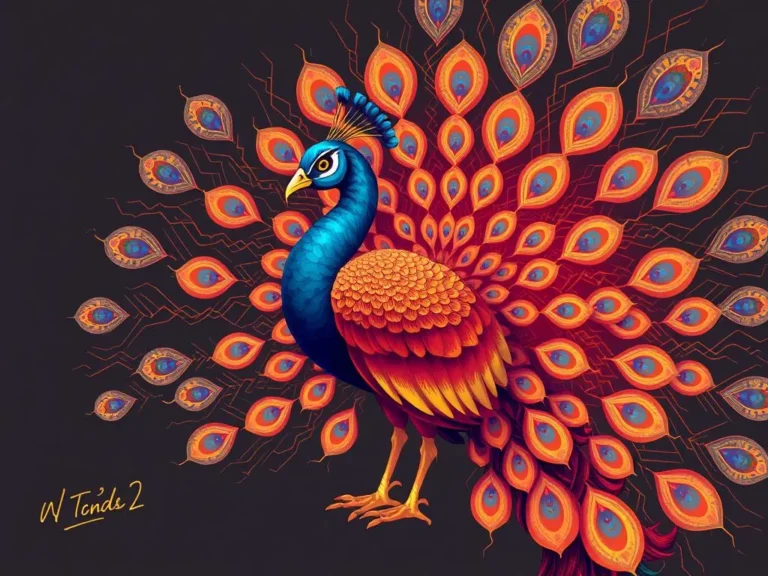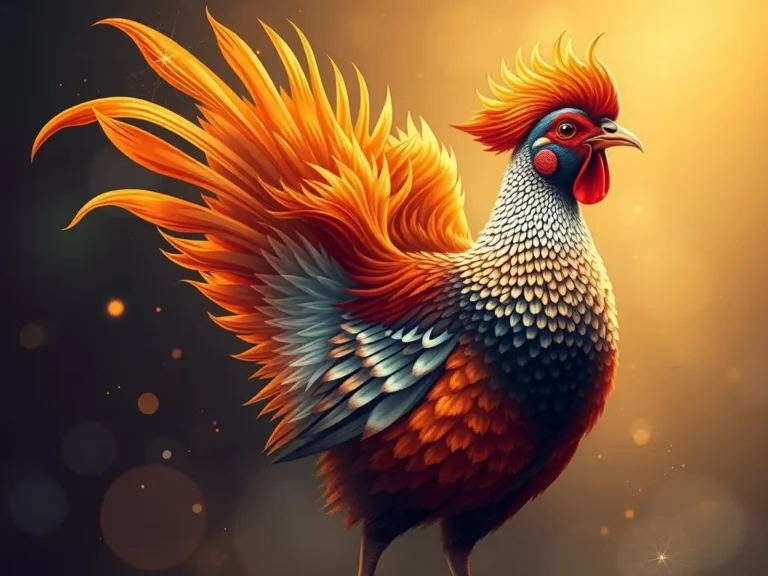Wildebeest Symbolism: Embracing the Strength and Resilience of the Herd
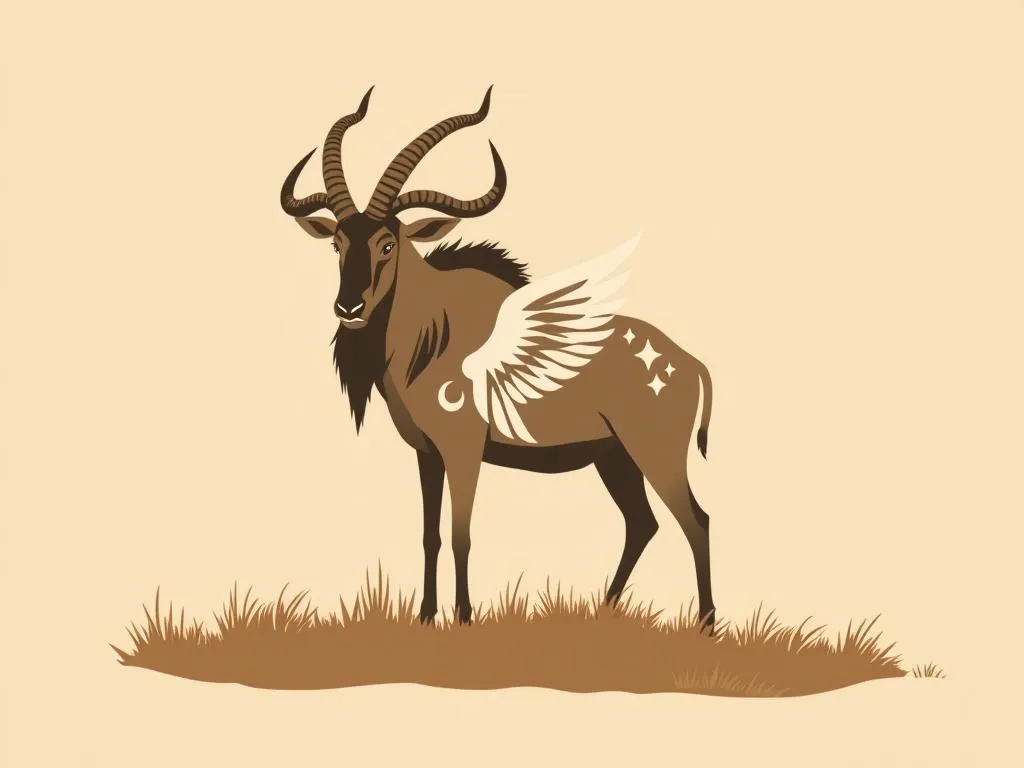
Introduction
In the vast expanse of the African savanna, the wildebeest stands as a symbol of resilience, strength, and the power of community. This majestic creature, with its distinctive horns and shaggy mane, has captured the imagination of many cultures, each interpreting its wildebeest symbolism through a unique lens. As we delve into the deeper meaning behind this iconic animal, we uncover a wealth of insights that can inspire and guide us in our own personal journeys.
The wildebeest symbolism is deeply rooted in the natural world, reflecting the cycles of life, death, and renewal that shape the rhythms of the ecosystem. By understanding the symbolic significance of the wildebeest, we can gain a deeper appreciation for the interconnectedness of all living beings and the importance of embracing our own inner strength and resilience.
The Strength and Resilience of the Wildebeest
At the heart of wildebeest symbolism lies the concept of strength and resilience. These majestic creatures are known for their unwavering determination and their ability to navigate the challenges of their harsh environment. Their powerful build and impressive horns serve as a testament to their physical prowess, while their instinctive herding behavior demonstrates their remarkable social cohesion.
In many cultures, the wildebeest is seen as a symbol of courage, perseverance, and the ability to overcome adversity. When faced with predators or environmental threats, the wildebeest herd will come together, forming a unified front to protect the vulnerable members of the group. This collective strength and resilience are often interpreted as a metaphor for the human experience, reminding us of the importance of community, mutual support, and the power of standing together in the face of life’s challenges.
The Cyclical Nature of Life
The wildebeest symbolism also encompasses the cyclical nature of life, death, and renewal. As part of the great migration across the African plains, the wildebeest is intimately connected to the rhythms of the natural world. Their annual journeys, driven by the changing seasons and the search for food and water, mirror the ebb and flow of life itself.
In many traditions, the wildebeest is seen as a symbol of the cycle of life, representing the constant flux between birth, growth, and death. This cyclical nature is often interpreted as a reminder of the impermanence of all things and the importance of embracing change and transition as natural and necessary processes.
The Wildebeest and Spiritual Awakening
Beyond its physical and ecological significance, the wildebeest symbolism has also been linked to spiritual awakening and inner transformation. In some belief systems, the wildebeest is seen as a totem or spirit animal, representing the qualities of strength, resilience, and the ability to navigate the challenges of the spiritual journey.
For those who feel a deep connection to the wildebeest, it might mean a call to embrace their own inner power, to find the courage to face their fears, and to trust in the wisdom of the collective. The wildebeest’s instinctive herd behavior can be interpreted as a reminder of the importance of community, collaboration, and the support of others in our personal and spiritual growth.
The Wildebeest and Leadership
Another aspect of wildebeest symbolism is its connection to leadership and the ability to guide others. In the wildebeest herd, there is a clear hierarchy, with experienced and dominant individuals leading the group during the migration and in times of danger. This leadership role is often seen as a metaphor for the importance of strong, decisive, and compassionate guidance in our own lives.
For those who feel drawn to the wildebeest, it might suggest a calling to step into a leadership position, whether in their personal, professional, or community life. The wildebeest’s ability to navigate the challenges of the savanna and protect the herd can be seen as a model for effective and responsible leadership, where the needs of the collective are prioritized over individual desires.
The Wildebeest and Adaptability
The wildebeest symbolism also encompasses the concept of adaptability and the ability to thrive in the face of change. As the wildebeest navigates the ever-changing landscapes of the African savanna, it demonstrates a remarkable capacity to adapt to new environments, shifting weather patterns, and the presence of predators.
For those who resonate with the wildebeest, this quality of adaptability might be a reflection of their own ability to navigate the uncertainties and challenges of life. The wildebeest’s instinctive response to adapt and survive can serve as a powerful inspiration, reminding us to remain flexible, open-minded, and resilient in the face of life’s unpredictable twists and turns.
Conclusion: Embracing the Wildebeest’s Wisdom
The wildebeest symbolism is a rich and multifaceted concept that offers profound insights into the human experience. Whether you see the wildebeest as a symbol of strength, resilience, spiritual awakening, leadership, or adaptability, there is much to be learned from this iconic creature.
By embracing the wisdom of the wildebeest, we can cultivate a deeper connection to the natural world, a greater sense of community and collective support, and a renewed sense of personal empowerment. As we navigate the complexities of our own lives, the wildebeest symbolism can serve as a guiding light, reminding us to tap into our inner reserves of strength, to trust in the power of the herd, and to remain adaptable and resilient in the face of life’s challenges.
So, the next time you encounter the wildebeest, whether in the wild or in your own imagination, take a moment to reflect on the deeper meaning behind its symbolism. Allow its message to resonate within you, and let it inspire you to embark on your own journey of personal growth, transformation, and connection to the natural world.
